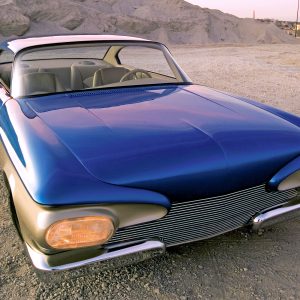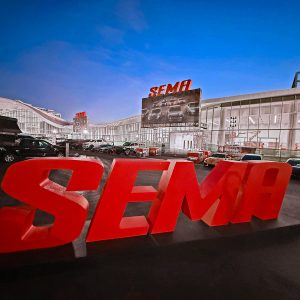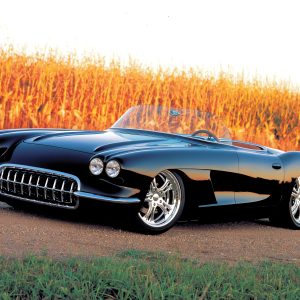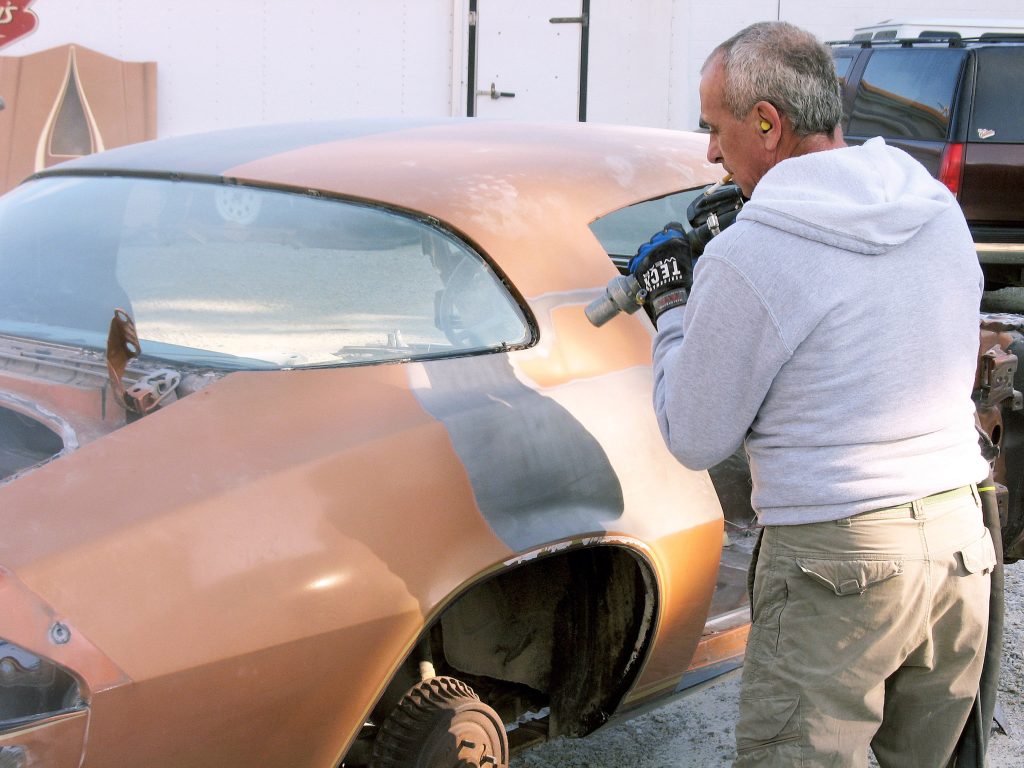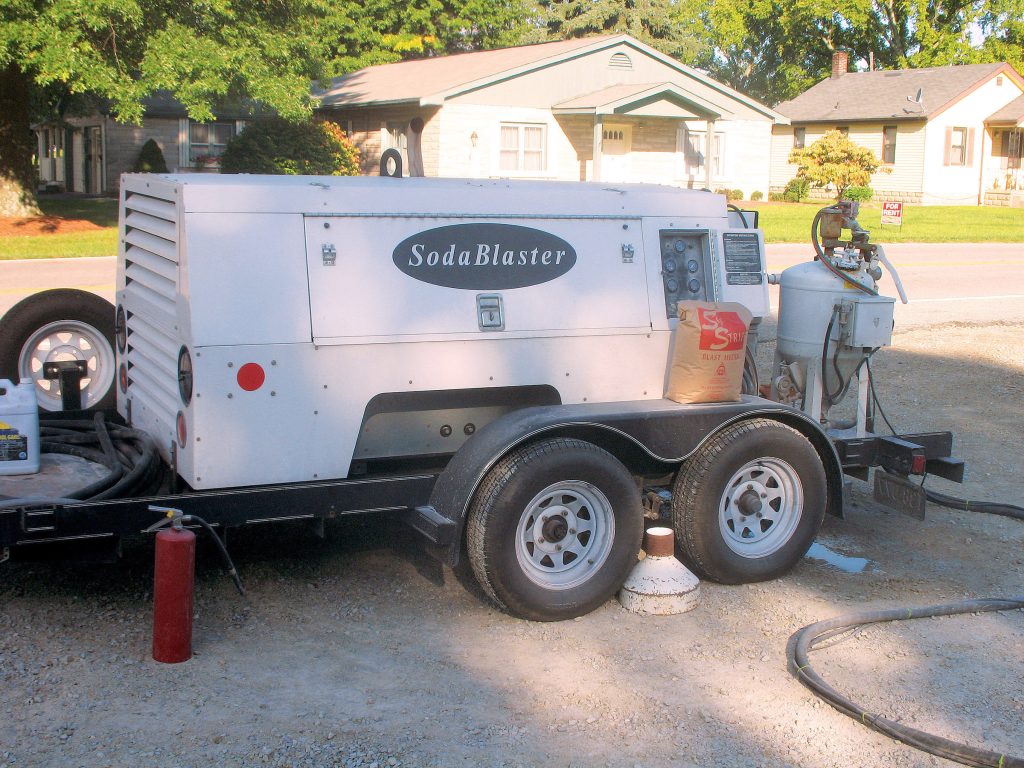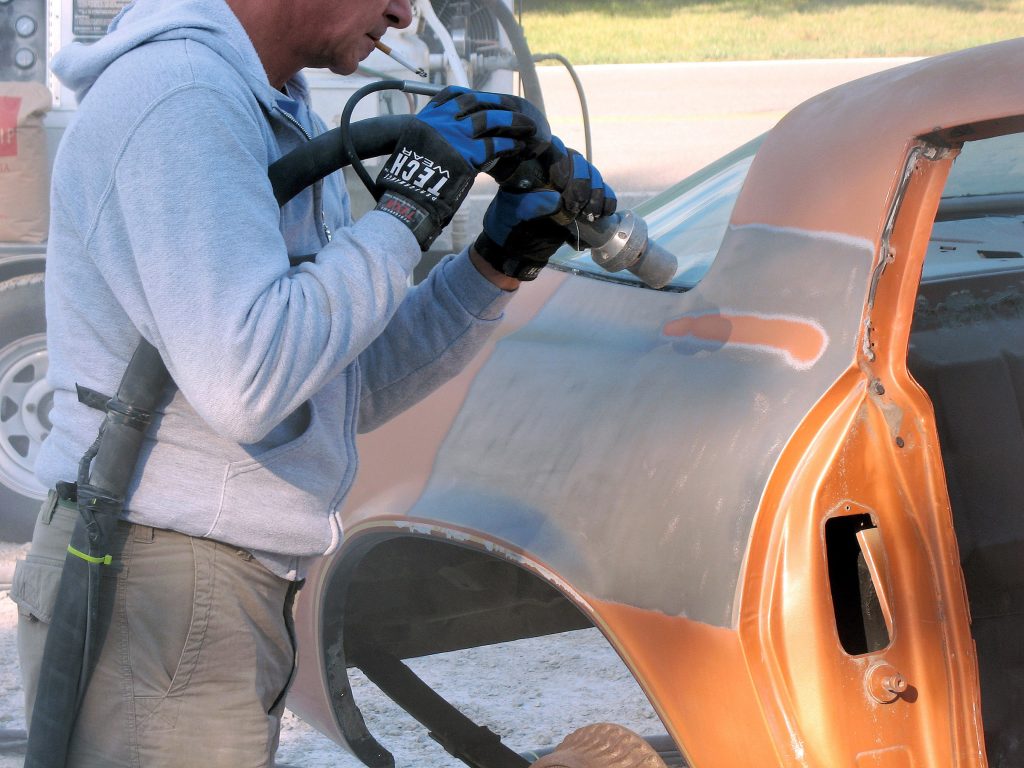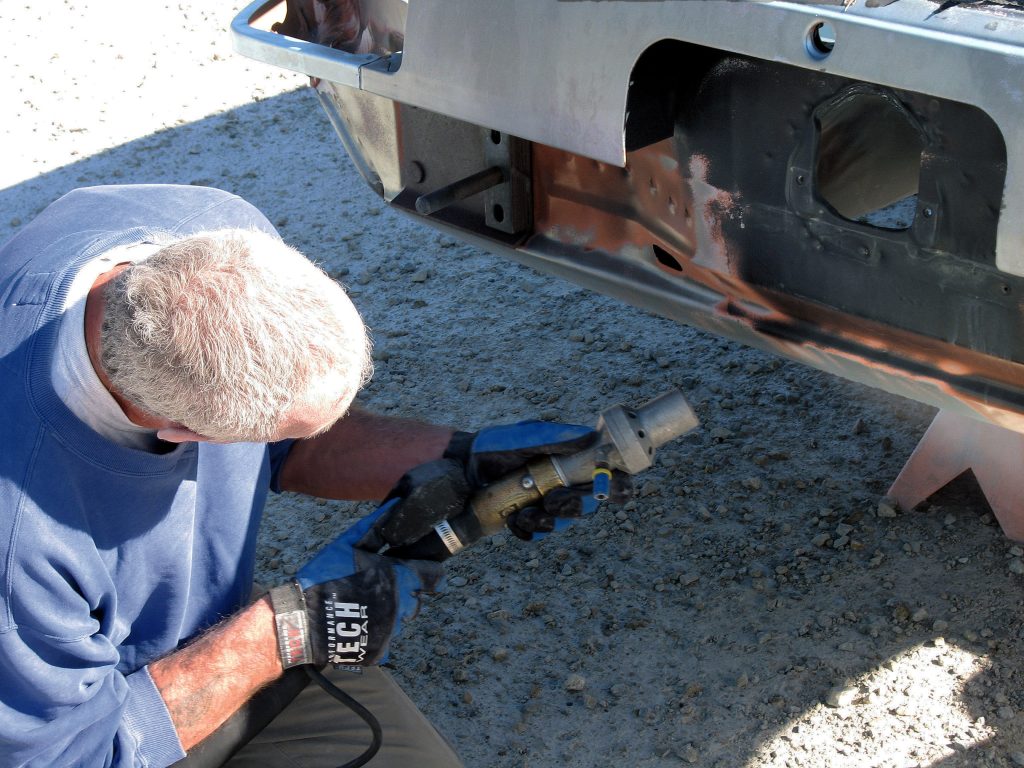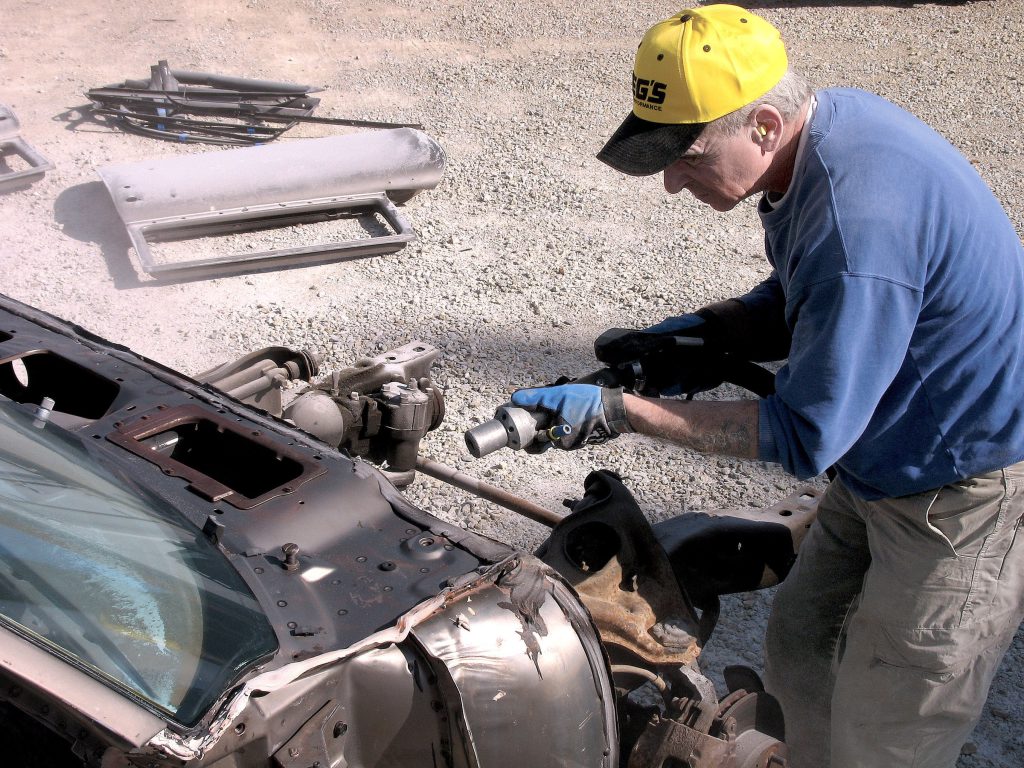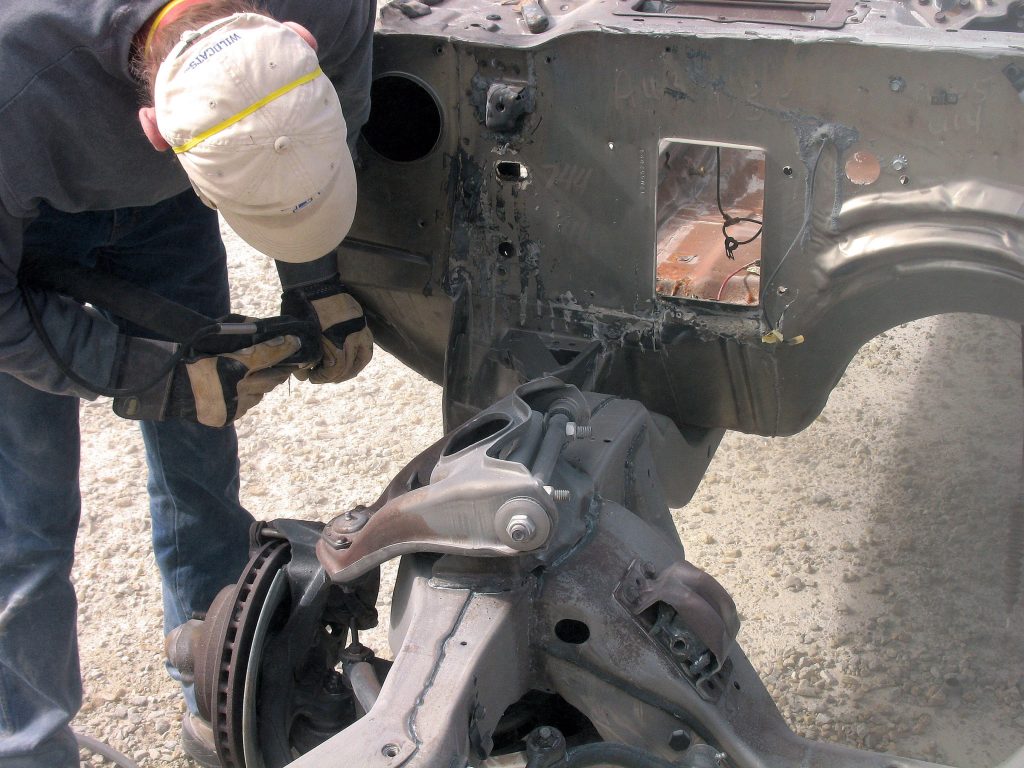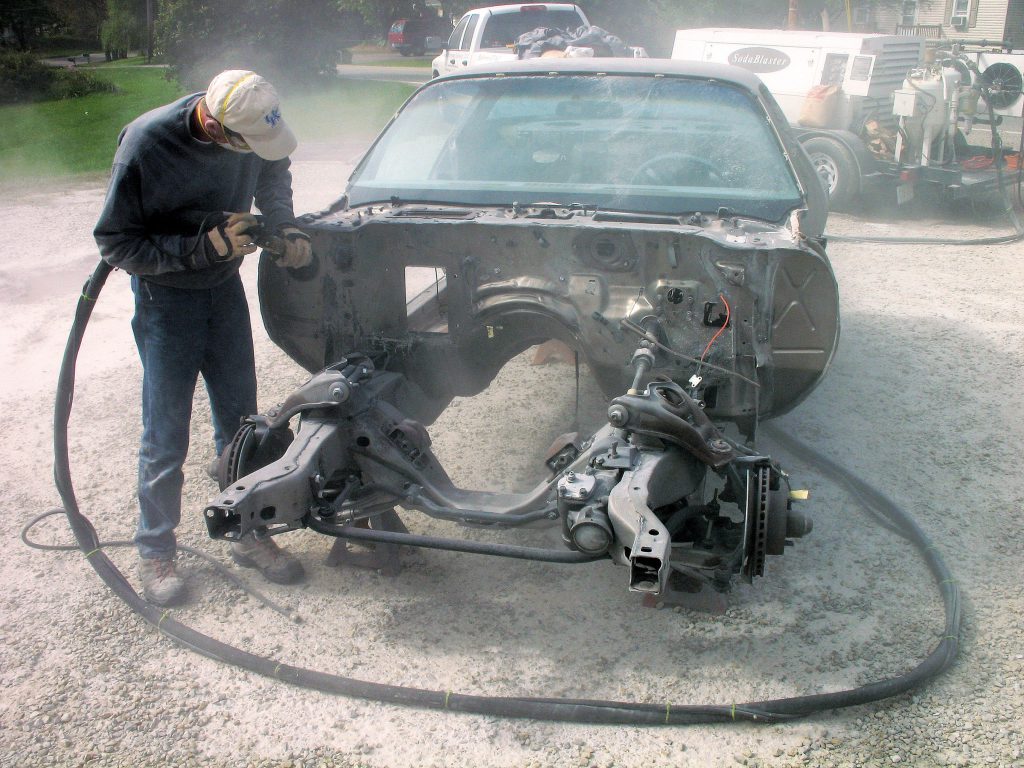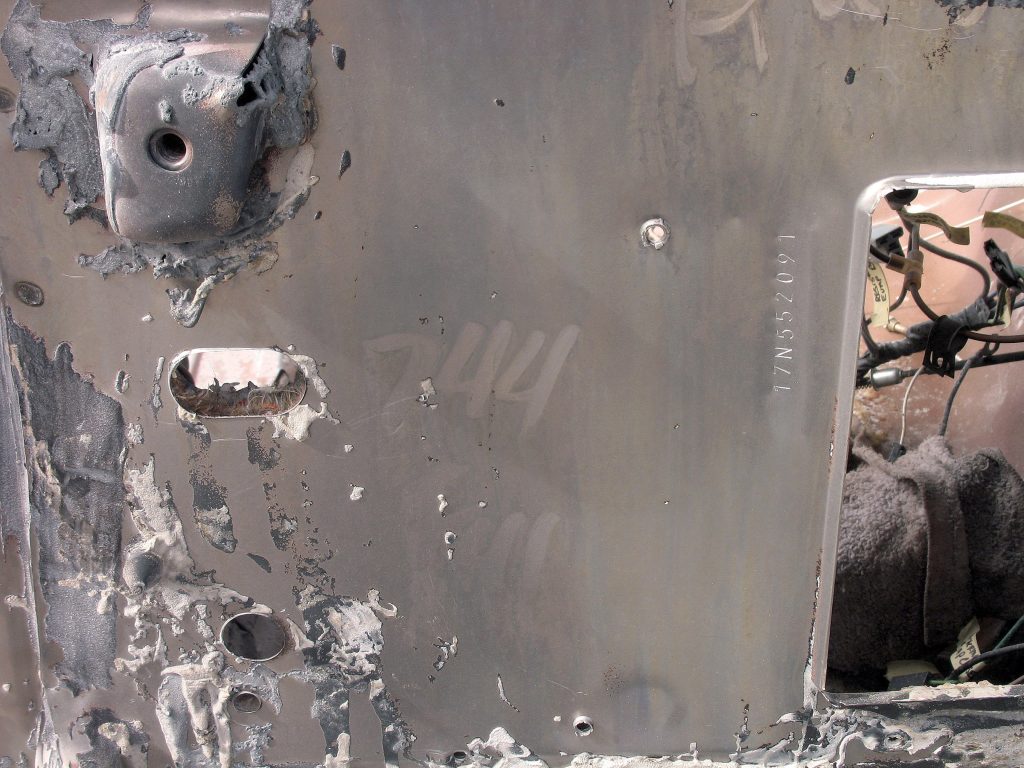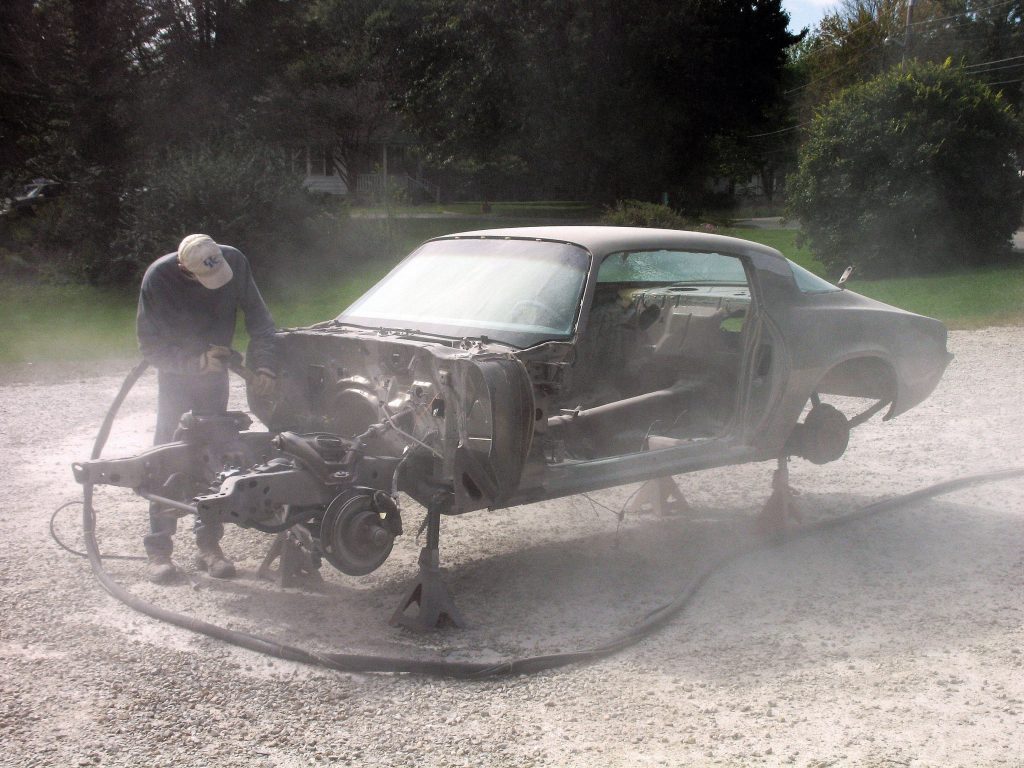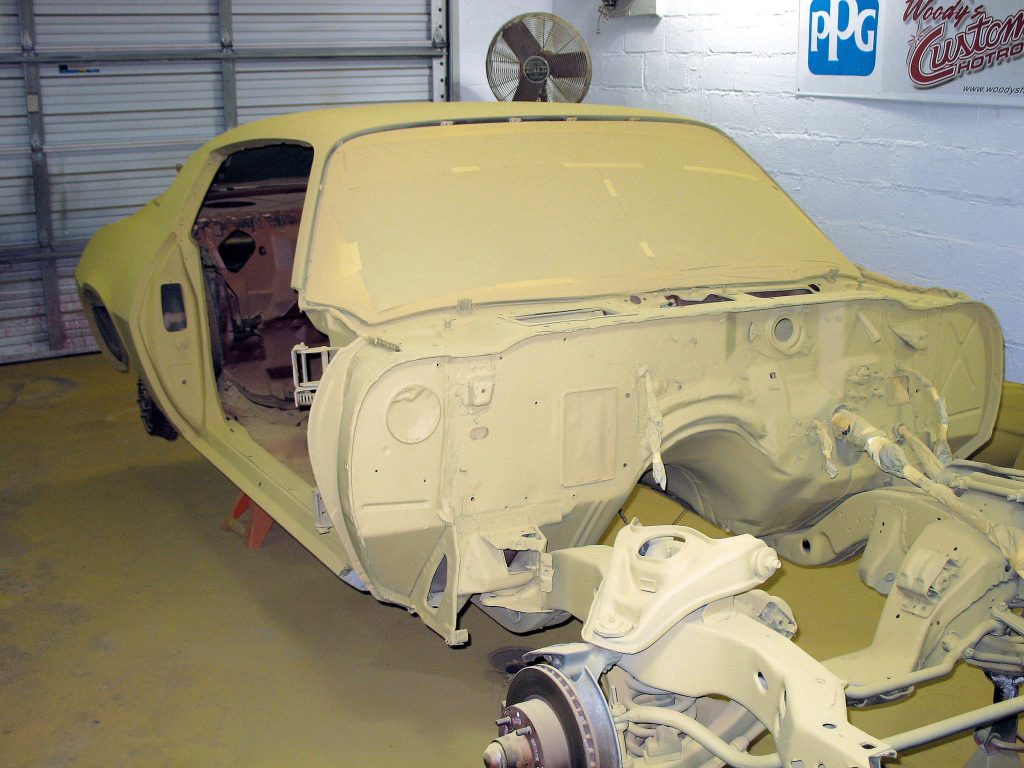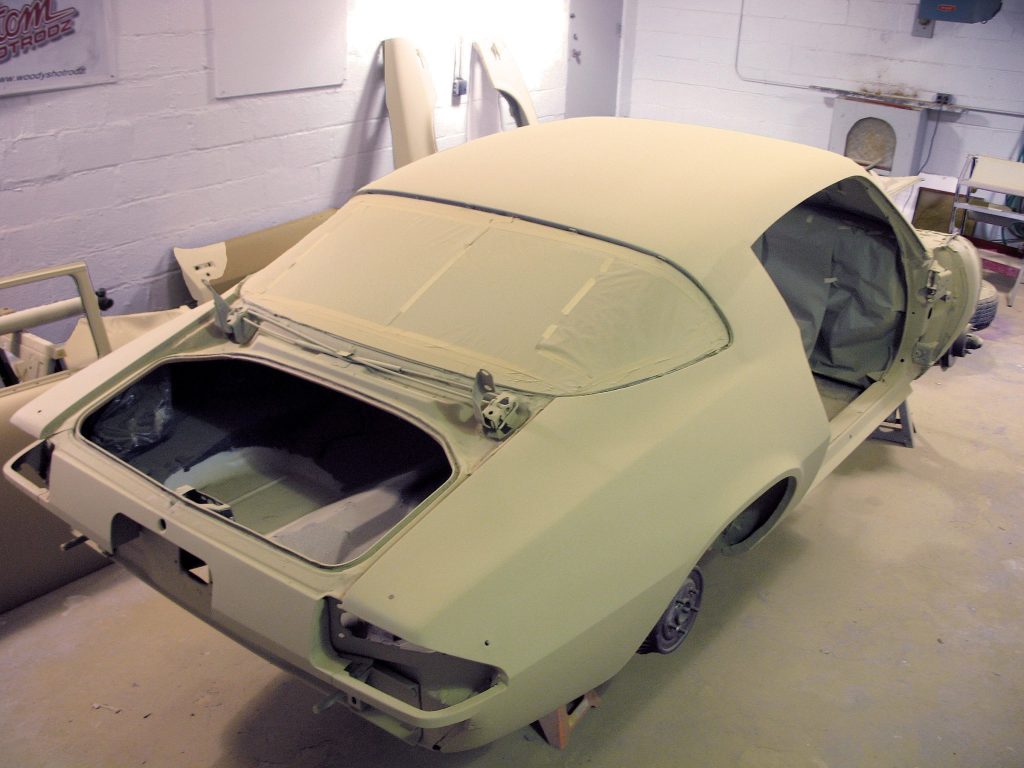
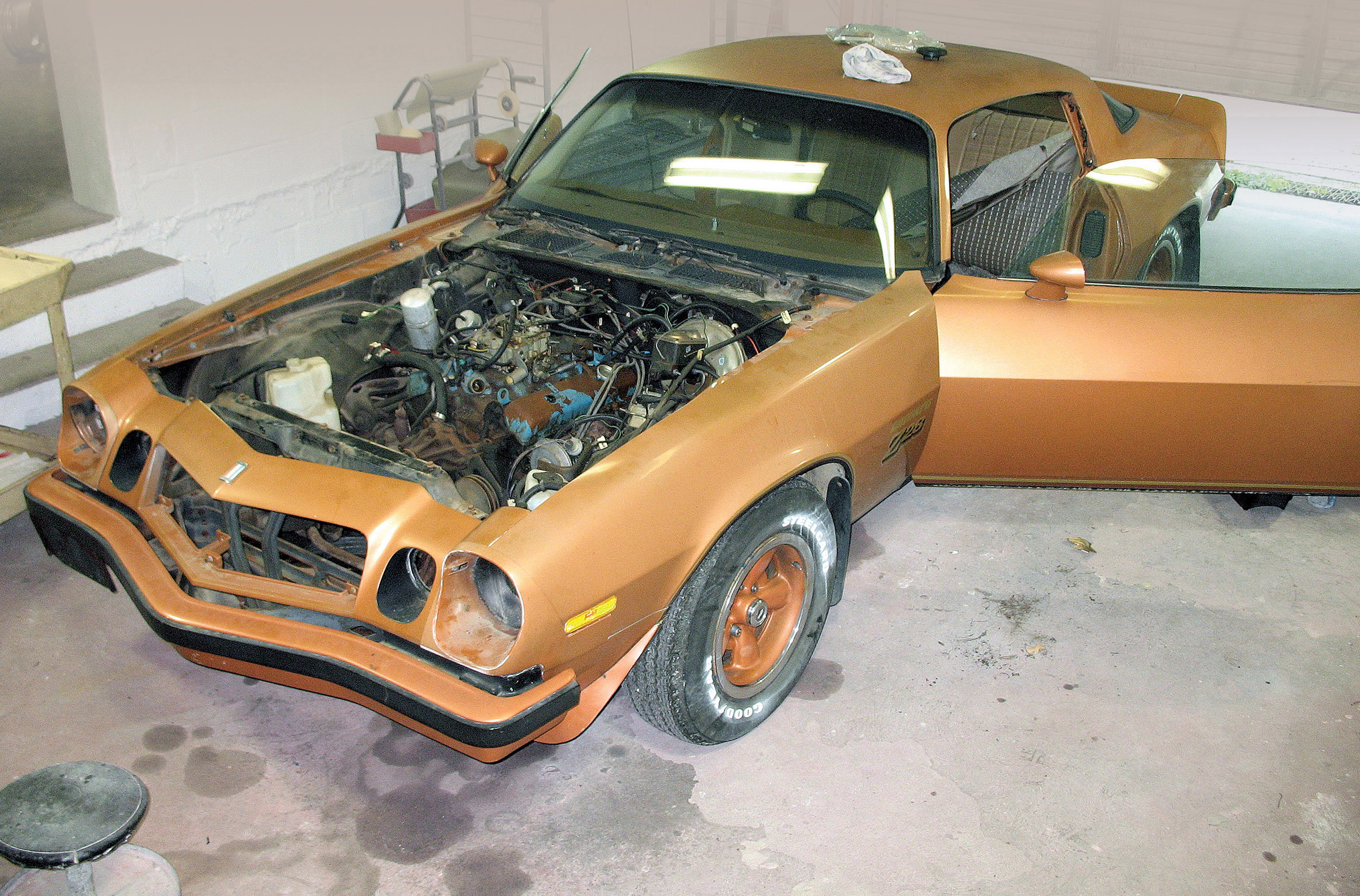

THE AUTO BUILDER
Featured


Top Parts Picks from Goodguys Columbus 2025

Road Warrior Tips for Surviving Bad Weather Driving
- All Post
- 20 High Priority - SR Super Rod
- Builds
- 25 High Priority - FB Ford Builder
- Cars
- 30 High Priority - AR American Rodder
- 01 Post Status
- 35 High Priority - RD Rodders Digest
- 40 High Priority - OTR On the Road
- 45 High Priority - SRB Street Rod Builder
- 50 High Priority - TB Truck Builder
- 55 High Priority - BSCENE Buckaroo Scene
- 60 High Priority - FPB Family Power Boat
- Trucks
- Swaps
- Performance Boats
- _000 Home Sliders
- Builders
- 00 Sidebars
- Manufacturers
- 05 High Priority - HCI Hot Compact Imports
- 05 Publications
- 10 High Priority - CR Chevy Rumble
- Back
- Chassis
- Engine
- Fuel System
- Electrical
- Exhaust
- Transmission / Drivetrain
- Suspension
- Steering
- Brakes
- Wheels and Tires
- Interior
- Exterior
- Accessories
- Power Adders
- Back
- Chassis
- Engine
- Fuel System
- Electrical
- Exhaust
- Transmission / Drivetrain
- Suspension
- Steering
- Brakes
- Wheels and Tires
- Interior
- Exterior
- Accessories
- Power Adders
- Back
- Chassis
- Engine
- Electrical
- Exhaust
- Fuel System
- Transmission / Drivetrain
- Suspension
- Steering
- Brakes
- Wheels and Tires
- Interior
- Exterior
- Accessories
- Power Adders
- Back
- Chassis
- Engine
- Electrical
- Exhaust
- Fuel System
- Transmission / Drivetrain
- Suspension
- Steering
- Brakes
- Wheels and Tires
- Interior
- Exterior
- Accessories
- Power Adders
- Back
- Chassis
- Engine
- Fuel System
- Electrical
- Exhaust
- Transmission / Drivetrain
- Suspension
- Steering
- Brakes
- Wheels and Tires
- Interior
- Exterior
- Accessories
- Power Adders
- Back
- Chassis
- Engine
- Fuel System
- Electrical
- Exhaust
- Transmission / Drivetrain
- Suspension
- Steering
- Brakes
- Wheels and Tires
- Interior
- Exterior
- Accessories
- Power Adders
- Back
- Chassis
- Engine
- Fuel System
- Electrical
- Exhaust
- Transmission / Drivetrain
- Suspension
- Steering
- Brakes
- Wheels and Tires
- Interior
- Exterior
- Accessories
- Power Adders
- Back
- Engine
- Fuel System
- Electrical
- Outdrives
- Steering
- Interior
- Accessories
- Power Adders
- Exterior and Hull
- Back
- Chassis
- Engine
- Electrical
- Exhaust
- Fuel System
- Transmission / Drivetrain
- Suspension
- Steering
- Brakes
- Wheels and Tires
- Interior
- Exterior
- Accessories
- Power Adders
- Back
- Chevrolet
- Cadillac
- Pontiac
- AMC
- Buick
- Jeep
- Lincoln
- Ford
- Honda
- GMC
- BMW
- Mitsubishi
- Dodge
- Nissan
- Chrysler
- Subaru
- Toyota
- Plymouth
- Mercury
- Volvo
- Volkswagen
- Oldsmobile
- Acura
- Back
- 05 Pub HCI Hot Compact Imports
- 15 Pub 4x4 4x4 Builder
- 20 Pub SR Super Rod
- 25 Pub FB Ford Builder
- 30 Pub AR American Rodder
- 35 Pub RD Rodders Digest
- 40 Pub OTR On the Road
- 55 Pub BSCENE Buckaroo Scene
- 10 Pub CR Chevy Rumble
- 50 Pub TB Truck Builder
- 60 Pub FPB Family Power Boat
- 45 Pub SRB Street Rod Builder
- Back
- Chip Foose
- Ring Brothers
- Jack Fuller
- Bob Cullipher
- Jerry Nichols
- Bobby Alloway
- Jesse James
- Carl Casper
- J.F. Launier
- Steve Sellers
- Boyd Coddington
- Rad Rides by Troy
- Cal Auto Creations
- George Barris
- West Coast Customs
- Back
- Street Rods
- Hot Rods
- Late Model
- Drag Race
- Handling
- Compact Cars
- Chassis
- Engine
- Fuel System
- Electrical
- Exhaust
- Transmission / Drivetrain
- Suspension
- Steering
- Brakes
- Wheels and Tires
- Interior
- Exterior
- Accessories
- Power Adders
- Chassis
- Engine
- Fuel System
- Electrical
- Exhaust
- Transmission / Drivetrain
- Suspension
- Steering
- Brakes
- Wheels and Tires
- Interior
- Exterior
- Accessories
- Power Adders
- Chassis
- Engine
- Electrical
- Exhaust
- Fuel System
- Transmission / Drivetrain
- Suspension
- Steering
- Brakes
- Wheels and Tires
- Interior
- Exterior
- Accessories
- Power Adders
- Chassis
- Engine
- Electrical
- Exhaust
- Fuel System
- Transmission / Drivetrain
- Suspension
- Steering
- Brakes
- Wheels and Tires
- Interior
- Exterior
- Accessories
- Power Adders
- Chassis
- Engine
- Electrical
- Exhaust
- Fuel System
- Transmission / Drivetrain
- Suspension
- Steering
- Brakes
- Wheels and Tires
- Interior
- Exterior
- Accessories
- Power Adders
- Chassis
- Engine
- Fuel System
- Electrical
- Exhaust
- Transmission / Drivetrain
- Suspension
- Steering
- Brakes
- Wheels and Tires
- Interior
- Exterior
- Accessories
- Power Adders
- Back
- 05 Post Imported
- 20 Post Missing Images (All)
- 25 Post Missing Images (Partial)
- 15 Post In Progress
- 30 Post Internal Review
- 40 Post On Hold
- 50 Post Approved
- 10 Post Images Imported
- 17 Post Missing TXT Files
- 18 Post Missing PDF Files
- 27 Post Missing Content
- Back
- Chassis
- Engine Swaps
- Interior Swaps
- Driveline
- Back
- Street Trucks
- OffRoad Trucks
- Chassis
- Engine
- Fuel System
- Electrical
- Exhaust
- Transmission / Drivetrain
- Suspension
- Steering
- Brakes
- Wheels and Tires
- Interior
- Exterior
- Accessories
- Power Adders
- Chassis
- Engine
- Fuel System
- Electrical
- Exhaust
- Transmission / Drivetrain
- Suspension
- Steering
- Brakes
- Wheels and Tires
- Interior
- Exterior
- Accessories
- Power Adders
- Back
- 01 Sidebar Left
- 01 Sidebar Right
Spotlighter
POPULAR READS
SODA BLASTING
A Safe Way To Strip Without Causing Damage
Author

Christopher Sondles
Photography by AutoBuilder Staff
The Challenge of Bodywork Projects
When starting any project that requires bodywork, rebuilding, or even repainting, the first question is always, “What could possibly be lurking under the old paint that could come back and haunt us later?”
Uncovering Hidden Issues
No one can really answer that question before learning the many possible answers that lie beneath. Of course, these are basic concerns that both the owner and the shop doing the work will have. Unfortunately, none of the nagging questions can be fully answered short of stripping all of the old paint and getting down to the actual surface to be finished. Only in this way can you fully address how good the body really is, what steps will be necessary, or how long the project will take to make the surface paint-ready. Also, once stripped, you can determine how much all of this is going to cost because up to that point, you really are guessing as to what you might find and will not know until you expose the real condition of the body. Once you strip the body of paint and rust, you will not only expose any hidden damage, but you will also know its real condition and what to do about it. This, then, enables you to determine the true extent of the modifications and/or finish work required to repair or replace existing damage, in addition to metal prepping and painting the car.
Techniques for Stripping Paint
Over the years, many techniques have been used for stripping paint from cars, some more successfully than others. Sanding, chemical strippers, sandblasting, chemical dipping, bake ovens, and media-blasting are the more common methods that have been used to strip paint and rust from a vehicle. As can be imagined, each technique has its features, advantages, and disadvantages as it relates to ease of use, surface and area cleanup, and the condition in which the stripping leaves the material. And each technique has its group of loyal supporters who swear that their particular preference is the only way to go. As hobbyists, we can’t be too careful as we not only must work with what we have, but we also must preserve the best we can with what we have. As a result, we tend to try most every process at one time or another in an effort to do an effective job without harming the original material. As you go, you tend to develop likes for some and dislikes for other processes, but even with those we like, we often are left accepting what is left as we’re never totally satisfied with the end results.
Chemical Dipping and Its Challenges
And again, one’s life experiences are based on having to deal with what’s available. However, we can honestly say that while it’s an expensive process to start with what appears to be a relatively solid body, chemically dipping and neutralizing have worked well for us when whole-body stripping is an alternative. But there are numerous downsides, not the least of which is the fact that the body must be totally stripped bare and then supported so as not to distort or damage what’s there. You need to know what you are doing here, but if this level of build is all part of the plan, then most of the work must be done anyway. Unfortunately, chemical mill plants with vats large enough to accept a body are not ideally located in most neighborhoods or even close geographical regions, which often involves sending a body across the country to be stripped. That yields more expense, time, and exposure to potential damage.
Importance of Proper Neutralizing
Also, when chemical stripping, it is important that the cleansing process (neutralizing) and removing all excess moisture and trapped material—in both the front and rear rocker cans—are done correctly, so extra time and care must be taken so that the body is drained and dried with air pressure to protect these surfaces. This will ensure that the inside of the enclosed rocker pans are neutralized and free of liquid and will not continue to rust. As soon as possible, primer should be not only applied to the surface area, inside and out, but also floated within the enclosed areas on the inside. Doing this generally requires good knowledge of the inner structure and the use of a rotisserie to rotate the body in every direction. Some builders even create hidden access holes for floating metal primers.
Case Study: Restoring a ’77 Z28 Camaro
While involved in the total restoration of this Gen-II ’77 Z28 Camaro—an original 13,000-mile car belonging to Mike Coughlin, the third son of infamous Jeg’s founder Jeg Coughlin—Woody’s Hot Rodz will be responsible for the process being done right, including some GM assembly techniques, so we’ll get to see some interesting steps along the way. But in an effort to stay trendy, Woody’s Chris Sondles watched as he was looking for someone local who could soda-blast a shop project. He had seen a TV program where they stripped the Statue of Liberty a few years back, and it revealed how they tried several different stripping techniques before realizing that baking soda did a good job with the least surface damage.
The Benefits of Soda-Blasting
The process of using baking soda as a stripping medium was not new as it’s been used on boats and Corvettes for several years, so Woody’s gave it a shot on Coughlin’s ’77 Z28. As this pristine classic example goes, the car came in the shop not only with an incredible 13,000 miles on it, but it was complete, right down to the right radiator hoses. The car also had the correct glass, so extreme care was taken not to risk breaking the glass as it was removed. But as more research was done on soda-blasting, it was learned that the soda doesn’t harm glass or even stainless trim during the process, so this process seemed perfect.
Scheduling and Execution of Soda-Blasting
After contacting Advanced Stripping Technologies in Lexington, Kentucky, to schedule the project, they quickly learned the best news yet; Advanced is a mobile business. Within days, they came to the shop and completely stripped the Z. Within several hours of starting on the car, it was completely down to bare metal, revealing what the shop had hoped—that the car was in surprisingly good shape. Amazed, we inquired how the process worked.
How Soda-Blasting Works
Soda-blasting utilizes technology that propels a bicarbonate of soda media via compressed air onto the area to be cleaned. The process does not harm the substrate like sand or other media types can. The food-grade baking soda is water-soluble and completely environmentally safe, which basically means that the entire process can be done almost anywhere and at any time.
Advantages of Soda-Blasting
Media-blasting basically utilizes the abrasive qualities of the media to strip away paint and rust. Soda-blasting works by using the energy released as particles of soda explode when pressure-driven into the surface. This means that none of the metal is damaged or removed, only the contaminants. It does not stress or warp metal surfaces like sand-blasting will do, and as previously mentioned, it will not damage glass, plastic, or trim left on a vehicle. Of course, to get the best job, it is best to remove as much of these components as possible.
Post-Blasting Process
Once all of the paint is completely stripped, the soda can be blown off and rinsed using water or lacquer thinner. Interestingly, because of the tight schedule on this car, it was painted within hours of being blasted. Soda-blasting is no myth but a reality that, when used once, will be used time and time again.
The process of stripping the Z28 actually took several hours, but as shown, the soda removed all of the unwanted paint and surface rust that was present.
As seen, the car is completely clean with no paint, rust, engine bay grease or grime of any kind. This process works great.
After a quick cleaning with thinner and water, Woody’s painted the bare surface with DuPont Variprime in preparation for priming.
ARTICLE SOURCES

Advanced Stripping Technologies
859/699-5304
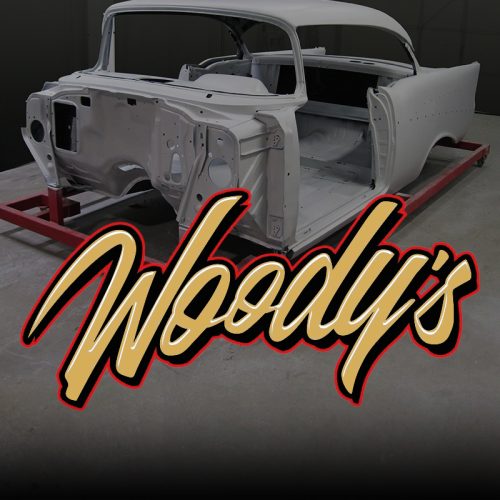
Woody’s Hot Rodz
23950 Salt Fork Rd.
Bright, IN 47025
812/637-1933





